Many people store old belongings in their attics, assuming they might be valuable one day. However, changing regulations and safety concerns could make some of these items illegal to resell in the near future. Whether due to environmental hazards, copyright issues, or safety risks, certain attic treasures might soon be worthless—or even dangerous to keep. Before listing anything online or at a garage sale, check this list to see if you’re holding onto items that could soon be banned from resale.
1. Secondhand Mattresses

Used mattresses may soon be banned from resale due to hygiene concerns and the spread of bedbugs. Many states already have laws requiring secondhand mattresses to be sanitized before resale, but enforcement can be inconsistent. According to The Environmental Protection Agency (EPA), improperly treated used mattresses can harbor bacteria, allergens, and even harmful chemicals. Future regulations could tighten restrictions or eliminate their resale altogether.
Even if a mattress appears clean, microscopic contaminants can linger within the fabric and padding. Some thrift stores have already stopped accepting used mattresses due to increasing health concerns. Online marketplaces may also begin cracking down on secondhand mattress sales to prevent infestations. If you have an old mattress in your attic, recycling or donating it to a specialized facility might be the safest option.
2. Outdated Electronics with Hazardous Materials
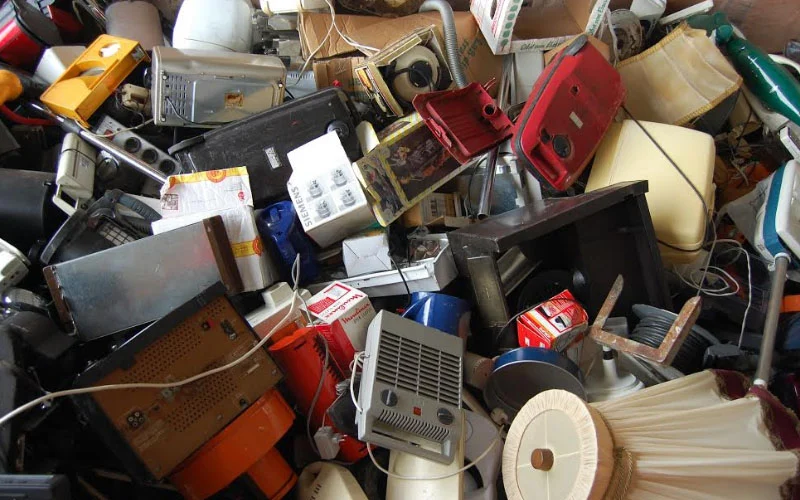
Older electronics, such as CRT televisions, VCRs, and early computer monitors, contain hazardous materials like lead, mercury, and cadmium. These toxic components make disposal and resale increasingly difficult as environmental regulations tighten. According to The National Institute of Environmental Health Sciences, improper handling of e-waste can lead to soil and water contamination. As a result, more states may impose stricter bans on selling outdated electronics.
While vintage electronics may appeal to collectors, selling them without proper disposal certification could become illegal. Many recycling centers now offer e-waste programs to safely handle these hazardous materials. Keeping old devices in your attic could pose a fire risk due to deteriorating wiring and aging components. Instead of reselling, consider donating functioning units to electronics museums or repurposing parts for DIY projects.
3. Lead-Based Toys
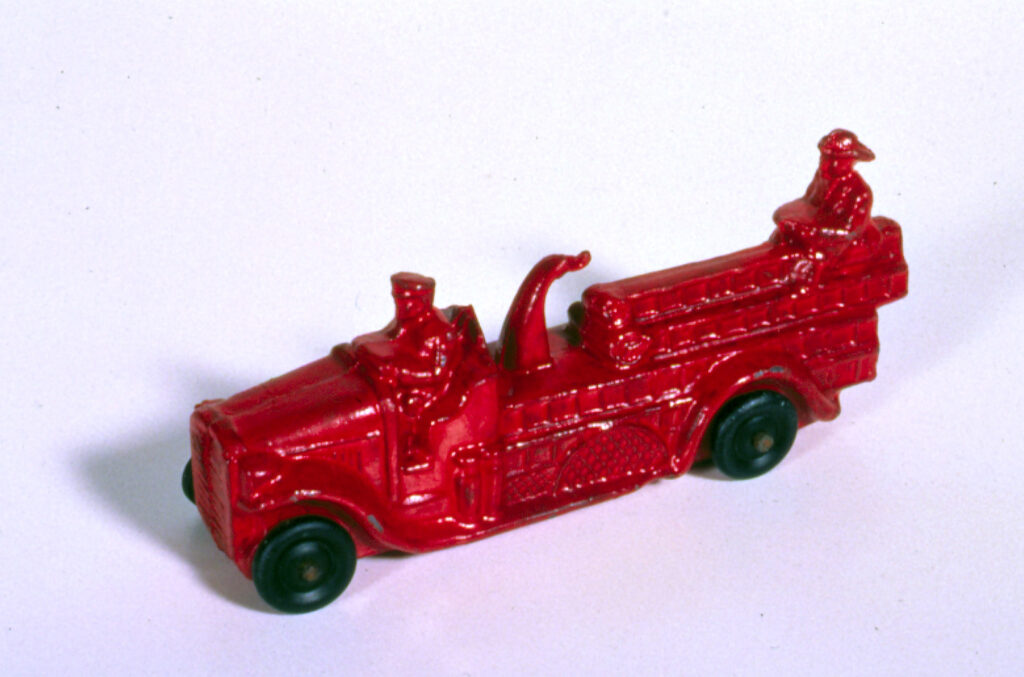
Older toys, especially those manufactured before 1978, may contain dangerous levels of lead paint. Lead exposure is linked to serious health risks, including developmental delays in children, which is why strict regulations now exist. According to the U.S. Consumer Product Safety Commission (CPSC), many antique dolls, metal figurines, and painted wooden toys are already prohibited from resale. Future legislation could make it even harder to sell these items, even as collectibles.
Sellers may face fines or legal trouble if they unknowingly list lead-tainted toys online or at flea markets. Testing kits can help determine if a toy contains lead, but disposing of it safely is often the best choice. Some states have stricter regulations than federal guidelines, making it risky to sell lead-containing toys across state lines. If you find these toys in your attic, consider recycling or properly disposing of them instead.
4. Vintage Cribs and Baby Furniture
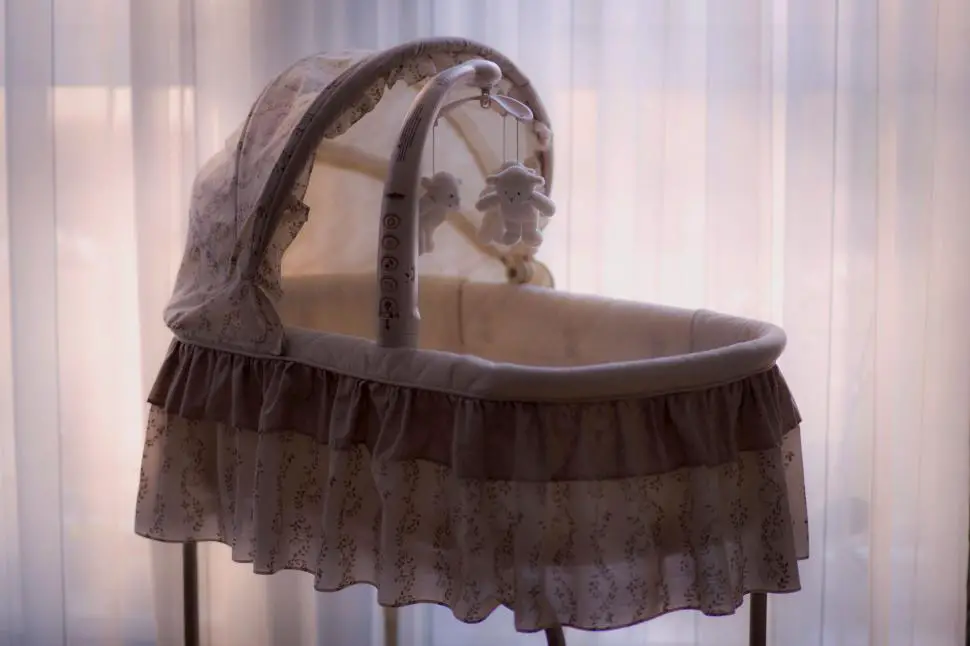
Many older cribs, high chairs, and playpens do not meet modern safety standards and could soon be entirely banned from resale. Cribs manufactured before 2011 often have drop-side mechanisms, which have been linked to fatal accidents. According to Safe Kids Worldwide, outdated baby furniture poses suffocation and entrapment hazards, leading to multiple product recalls over the years. New regulations could further restrict the resale of these items, making them illegal even in secondhand stores.
Although some people believe vintage cribs are sturdy and well-made, they often lack proper spacing between slats and secure latching mechanisms. Selling these items without proper disclosures can result in liability issues if an accident occurs. Even if an older crib appears to be in good condition, it may not meet updated safety guidelines. Instead of selling, consider repurposing or dismantling them for parts to avoid any risks.
5. Antique Ivory Items

Ivory carvings, piano keys, and vintage jewelry made from elephant tusks are already subject to strict resale laws. Many countries have banned ivory sales entirely, and the U.S. has implemented regulations to limit the trade. According to The World Wildlife Fund (WWF), illegal ivory trafficking contributes to elephant poaching, prompting tighter restrictions on antique ivory. Even legally obtained ivory items may soon be prohibited from resale under new conservation laws.
Sellers must prove that their ivory antiques meet exemption requirements, which can be challenging without proper documentation. Some online platforms have already banned ivory sales to prevent illegal trade. As global efforts to protect endangered species increase, more restrictions on ivory artifacts are likely. If you own ivory pieces, consider keeping them as heirlooms rather than attempting to sell them.
6. Mercury-Containing Thermometers and Switches

Many older household items, such as thermostats, thermometers, and light switches, contain mercury, a toxic heavy metal. Mercury exposure can lead to severe health issues, including neurological damage, particularly in children and pregnant women. According to The Centers for Disease Control and Prevention (CDC), even small amounts of mercury vapor can be harmful when inhaled. Because of these dangers, resale restrictions on mercury-containing products are expected to expand.
Some states already prohibit the sale of mercury thermometers, and national regulations may follow. If you find old mercury-based devices in your attic, it’s best to dispose of them through a hazardous waste program. Breaking or mishandling these items can lead to mercury spills, requiring specialized cleanup. Instead of selling, switch to digital or alcohol-based alternatives for safety.
7. Vintage Fire Extinguishers with Banned Chemicals
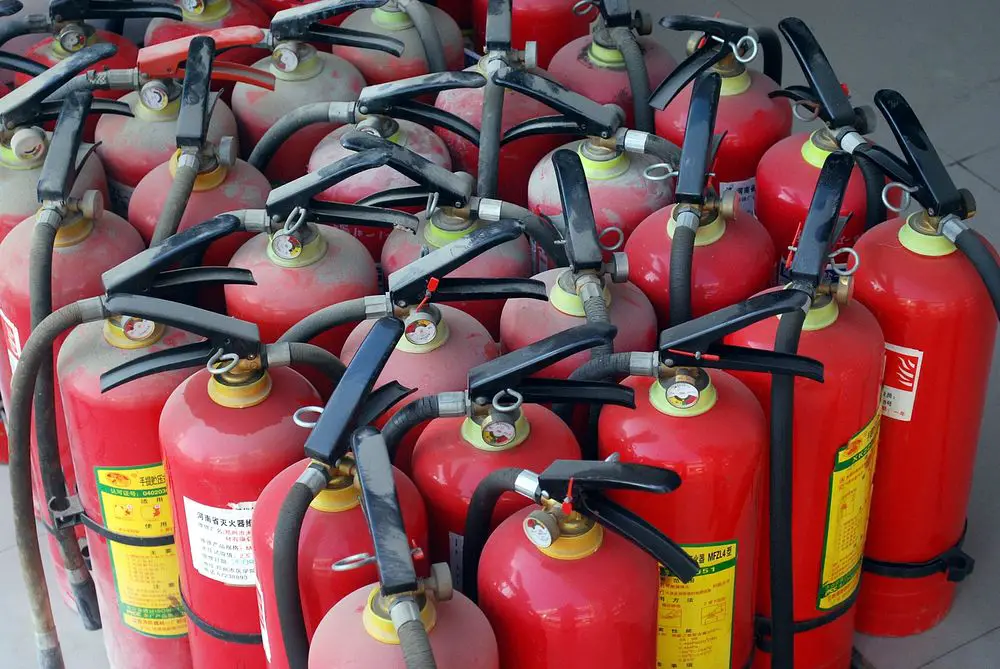
Older fire extinguishers may contain chemicals that are now classified as hazardous or environmentally damaging. Some vintage models use carbon tetrachloride, a substance linked to serious health risks and environmental harm. According to The Occupational Safety and Health Administration (OSHA), exposure to outdated fire suppressant chemicals can cause respiratory and skin irritation. As awareness grows, regulations may prohibit the resale of these unsafe extinguishers.
Even if a vintage fire extinguisher appears functional, its chemicals may have deteriorated, making it ineffective in an emergency. Some collectors value antique firefighting equipment, but resale laws may soon limit their market. Proper disposal is recommended to avoid accidental leaks or chemical exposure. Instead of selling, consider donating antique extinguishers to museums or fire safety exhibits.
8. Old Paint with Lead or Toxic Chemicals
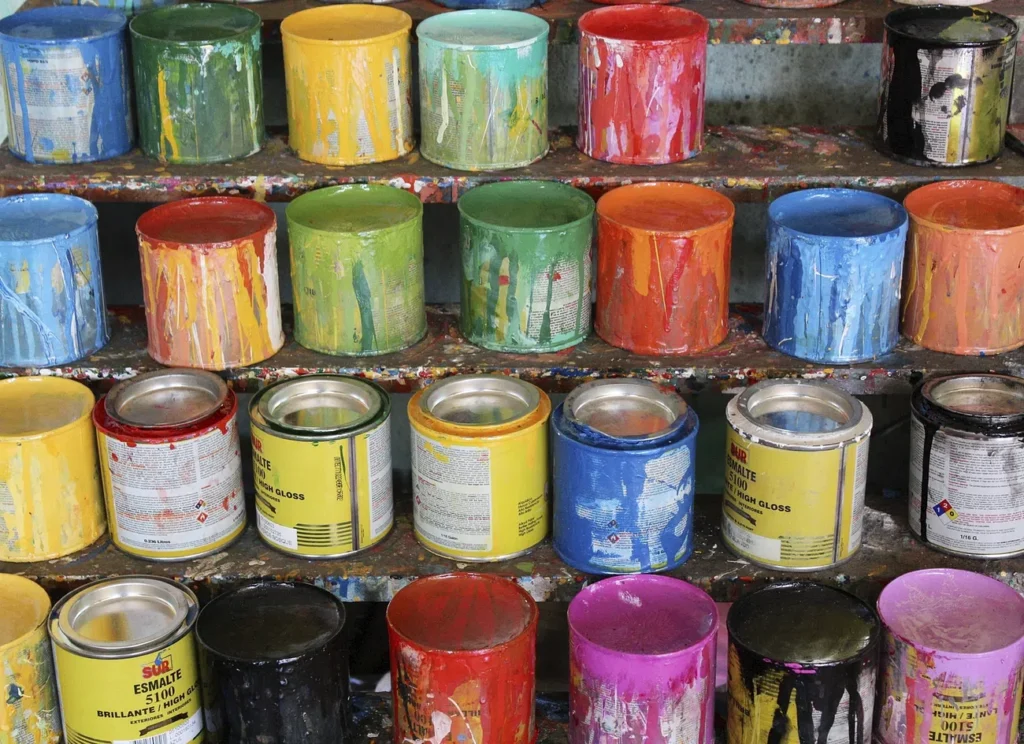
Many older cans of paint, especially those manufactured before 1978, contain lead or other harmful chemicals. Lead-based paint is highly toxic, particularly to children, and can cause neurological damage even in small amounts. Regulations have already banned the sale of lead-based paint, and restrictions on other hazardous chemicals may follow. If you have old cans of paint in your attic, they may not only be unsellable but also require special disposal.
Even non-lead-based paints can contain volatile organic compounds (VOCs), which release toxic fumes over time. Some states have already imposed strict limits on VOC-containing products, making it difficult to resell or even store them safely. Future regulations could classify more chemical-heavy paints as hazardous waste, banning their sale entirely. Instead of attempting to sell old paint, check with local hazardous waste disposal programs for proper disposal methods.
9. Recalled or Unsafe Power Tools
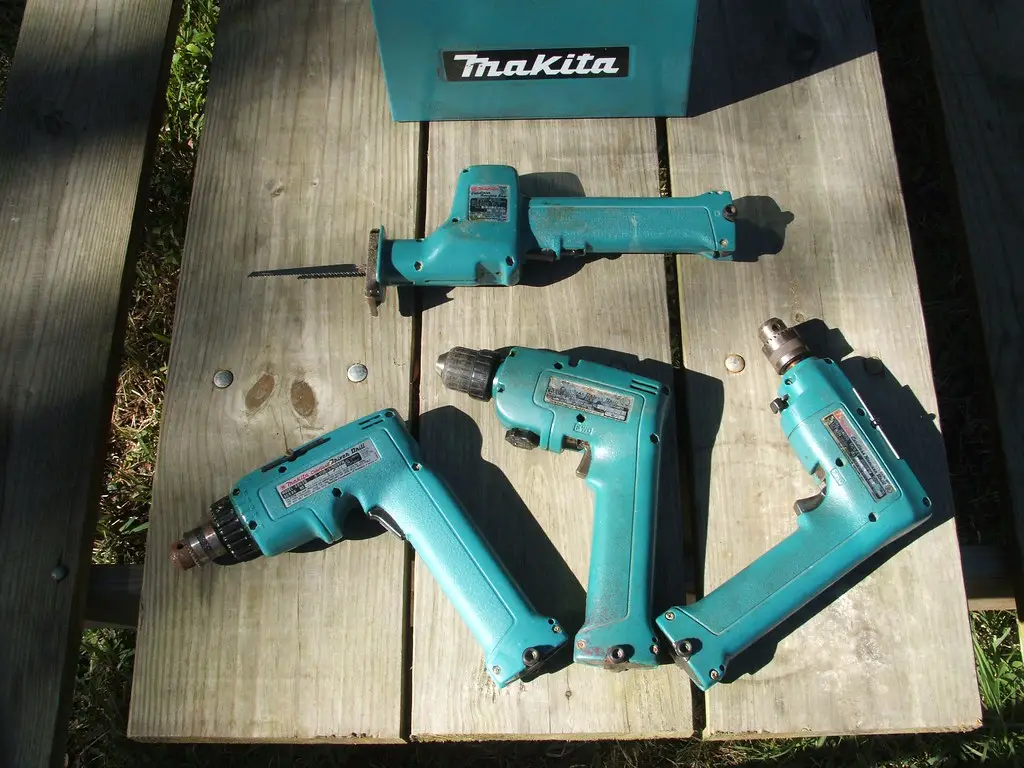
Older power tools that lack modern safety features may be subject to resale bans in the coming years. Many vintage drills, saws, and sanders were manufactured before safety guards and automatic shutoff mechanisms became standard. Thousands of injuries occur annually due to malfunctioning or outdated power tools. Future regulations may prohibit the sale of recalled or unsafe tools, even at secondhand stores and online marketplaces.
Worn-out cords, frayed insulation, and weakened motor components can make old power tools hazardous to use. Some older models also contain asbestos in their brake pads or insulation, increasing health risks for users. If you’re unsure whether a tool is safe, check for recalls or updated safety guidelines before attempting to resell it. Instead of selling, consider trading in old tools at hardware stores that offer recycling programs.
10. Vinyl Records with Banned Chemical Components
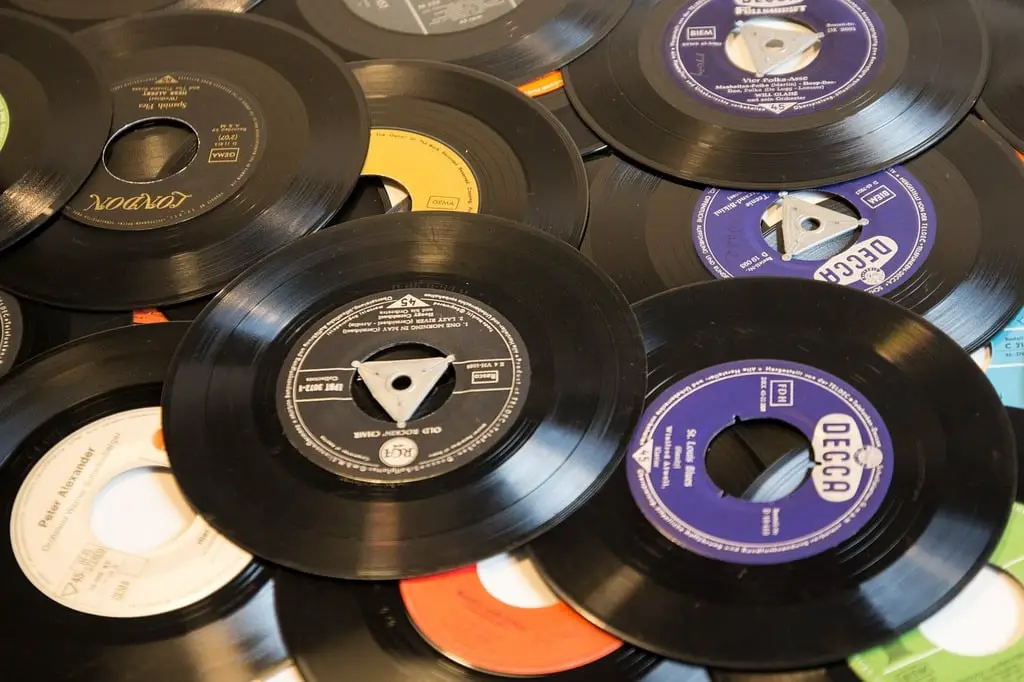
While vinyl records are making a nostalgic comeback, some older pressings contain harmful chemicals like polyvinyl chloride (PVC) and cadmium-based pigments. These materials have been linked to environmental concerns, and certain chemicals used in record production could soon be subject to resale restrictions. According to The European Chemicals Agency (ECHA), global efforts to limit hazardous plastics may lead to stricter rules on reselling older vinyl records. Some collectors may still be able to sell rare records, but future bans could make it illegal to distribute certain pressings.
Records stored in attics are particularly at risk of degradation, releasing harmful compounds into the air. While newer pressings use safer materials, vintage records produced before modern safety standards may become unsellable. Additionally, improper disposal of vinyl records contributes to landfill waste, prompting discussions about future recycling regulations. If you own old records, research potential restrictions before attempting to resell them.
11. Stuffed Animals with Non-Compliant Filling
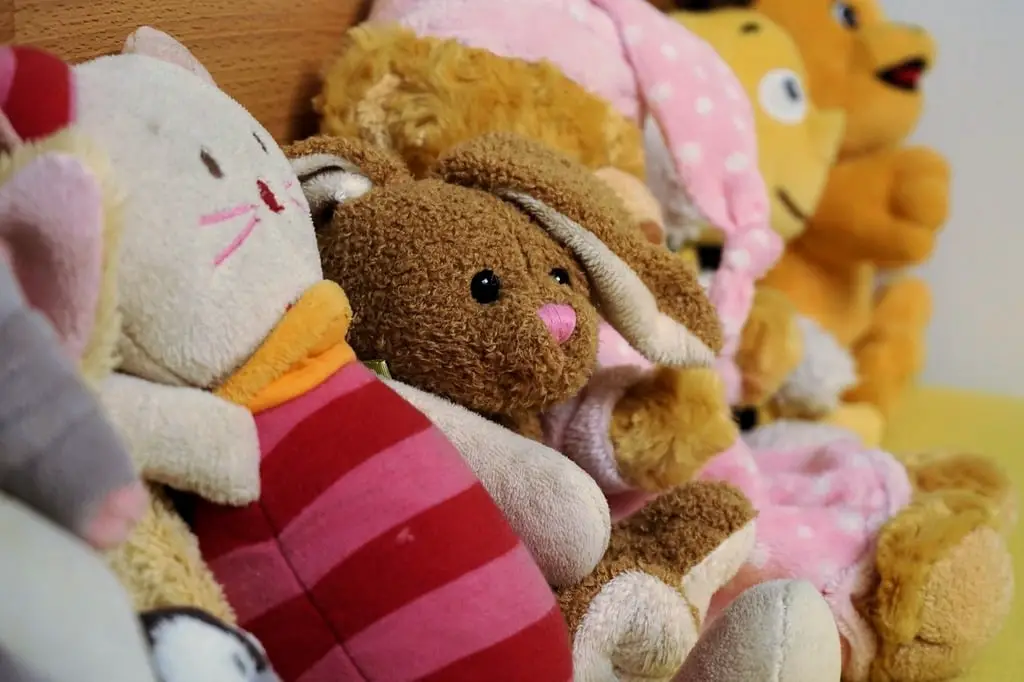
Older stuffed animals may contain materials that are now banned due to fire hazards or toxicity. Some vintage plush toys were filled with materials like kapok fiber, which is highly flammable, or foam that deteriorates into harmful dust over time. According to The American Academy of Pediatrics (AAP), stuffed animals that do not meet modern safety standards pose a choking and suffocation risk for young children. Future regulations may tighten restrictions on the resale of older plush toys, making them illegal even for collectors.
Some vintage stuffed animals also contain lead-based dyes or plastic pellets that fail updated consumer safety tests. Selling non-compliant plush toys without proper labeling or certification could result in hefty fines or liability issues. While nostalgic, these toys are often better suited for display than active use by children. If you find outdated stuffed animals in your attic, consider donating them to museums or keeping them as family heirlooms rather than selling them.
12. Old Books with Toxic Ink or Binding Materials

Many books printed before the 1980s contain inks, glues, and binding materials that have since been deemed hazardous. Some early editions used lead-based ink or arsenic-treated covers, both of which pose risks when handled extensively. According to The University of Delaware, certain antique books have been flagged for potential toxicity, leading to increased caution around their sale and distribution. Future regulations could limit the resale of books containing these harmful materials, especially in unregulated online marketplaces.
Books stored in attics often degrade due to humidity and temperature fluctuations, making their pages brittle and potentially hazardous. Some bindings also contain cellulose nitrate, which becomes unstable over time and can release toxic fumes. While rare books will always hold value for collectors, their resale may become more difficult due to safety concerns. If you own vintage books, handling them carefully and checking for material safety guidelines before selling is essential.
